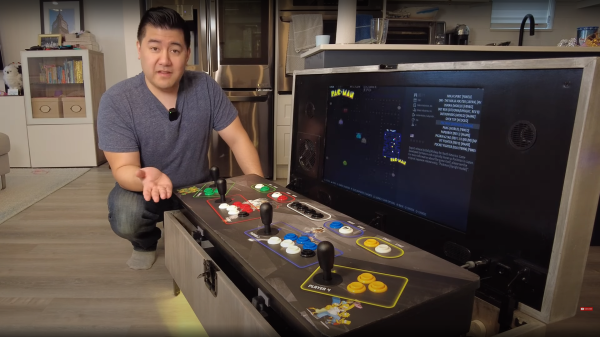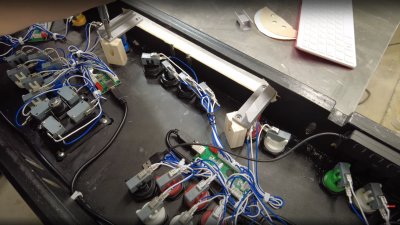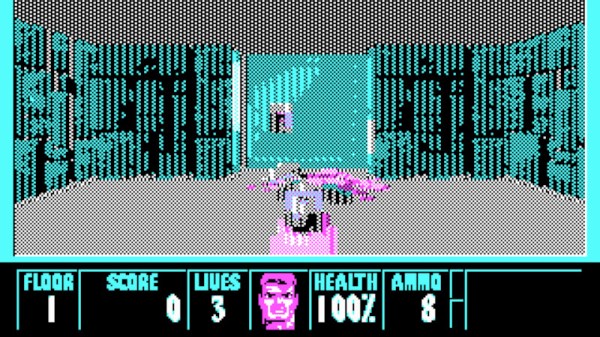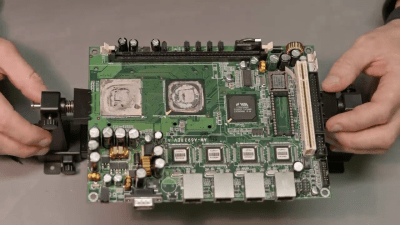[kida] has a highly innovative set of 3D-printable, musical fidget toys that play classic video game tunes. Of course there’s the classic Super Mario ditty, but there’s loads more. How they work is pretty nifty, and makes great use of a 3D printer’s strengths.
To play the device one uses a finger to drag a tab (or striker) across the top, and as it does so it twangs vertical tines one-by-one. Each tine emits a particular note — defined by how tall the thicker part is — and plays a short tune as a result. Each one plays a preprogrammed melody, with the tempo and timing up to the user. Listen to them in action in the videos embedded just under the page break!
 There are some really clever bits to the design. One is that the gadget is made in two halves, which effectively doubles the notes one can fit into the space. Another is that it’s designed so that holding it against something like a tabletop makes it louder because the surface acts like a sounding board. Finally, the design is easily modified so making new tunes is easy. [kida]’s original design has loads of non-videogame tunes (like the Jeopardy! waiting theme) as well as full instructions on making your very own versions.
There are some really clever bits to the design. One is that the gadget is made in two halves, which effectively doubles the notes one can fit into the space. Another is that it’s designed so that holding it against something like a tabletop makes it louder because the surface acts like a sounding board. Finally, the design is easily modified so making new tunes is easy. [kida]’s original design has loads of non-videogame tunes (like the Jeopardy! waiting theme) as well as full instructions on making your very own versions.
Fidget toys are a niche all their own when it comes to 3D printed devices. The fidget knife has a satisfying snap action to it, and this printable linear toggle design is practically a fidget toy all on its own.
Continue reading “3D Print (and Play!) The Super Mario Tune As A Fidget Toy”





















